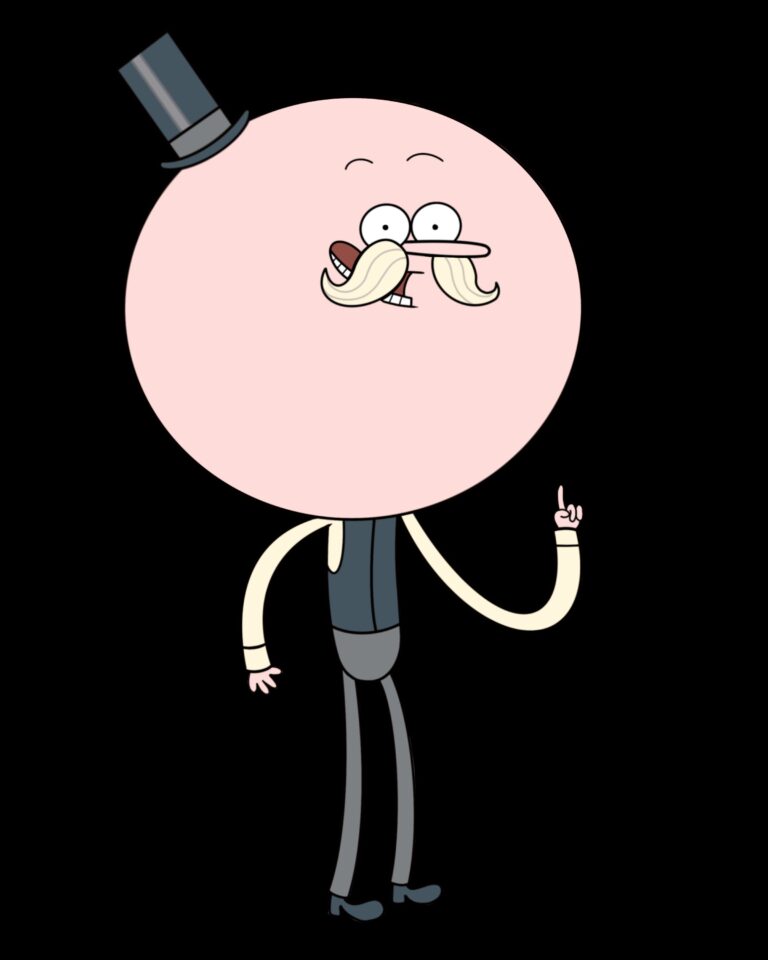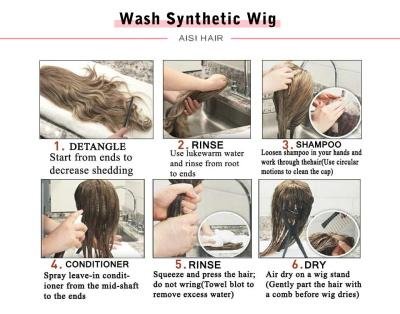Drawing realistic body hair can add a new level of detail and dimension to your artwork. To master the art of how to draw body hair, the key lies in observing texture, direction, and density. Start by using quick, short strokes with a light hand to mimic the appearance of individual hairs. Experiment with different pencil hardness and shading techniques to achieve a natural look. Remember, practice makes perfect when it comes to mastering the intricate details of drawing body hair.
How to Draw Body Hair: A Beginner’s Guide
Welcome, aspiring artists! Today, we are going to dive into the world of drawing body hair. Whether you are sketching a portrait, creating a realistic figure, or just adding some texture to your artwork, mastering the art of drawing body hair can take your drawings to the next level. In this comprehensive guide, we will explore various techniques, tips, and tricks to help you bring your characters to life with realistic and detailed body hair.
The Basics of Body Hair
Before we delve into the techniques of drawing body hair, let’s understand the basics. Body hair comes in various shapes, sizes, and textures, depending on factors such as gender, age, and ethnicity. From fine and wispy hairs to thick and coarse strands, each type of body hair adds character and depth to your drawings.
Observation is Key
One of the best ways to improve your body hair drawing skills is by observing. Take a closer look at different body parts, study the direction of hair growth, and notice how light interacts with the hair to create highlights and shadows. By observing real-life references, you can gain valuable insights into replicating body hair in your drawings.
Understanding Texture
Body hair is not just a flat texture; it has depth, volume, and movement. When drawing body hair, consider the underlying structure of the body part. For example, hair on the head will flow differently from chest hair or facial hair. Understanding the texture of body hair will help you add dimension and realism to your drawings.
Tools and Materials
Before you start drawing body hair, it’s essential to have the right tools and materials at your disposal. Here are some basic supplies you will need:
- Pencils: A range of pencils from soft to hard for creating different hair textures.
- Eraser: To correct mistakes and add highlights.
- Blending Stump: For blending and smudging hair for a natural look.
- Reference Images: Real-life photos or digital references to guide your drawing.
Techniques for Drawing Body Hair
Now that you have your tools ready, let’s explore some techniques for drawing body hair:
Hatching and Cross-Hatching
Hatching and cross-hatching are common techniques used in drawing to create the illusion of texture and depth. To draw body hair using hatching, use short, parallel lines to build up the density of the hair. Cross-hatching involves layering intersecting lines to add volume and shading to the hair.
Stippling
Stippling is a method that uses dots to create shading and texture. To draw body hair with stippling, vary the density and size of the dots to mimic the natural variation in hair thickness. This technique is great for adding detail to facial hair or fine body hair.
Layering and Blending
Layering different shades of pencil and blending them together can create a soft and realistic look for body hair. Start by laying down a base tone and gradually build up layers to add depth and volume. Use a blending stump or your fingers to blend the colors seamlessly.
Tips for Drawing Realistic Body Hair
When drawing body hair, keep these tips in mind for a more realistic outcome:
Study Different Hair Types
Take the time to study and practice drawing various hair types, including curly, straight, short, and long hair. By diversifying your hair-drawing skills, you will be better equipped to tackle different body hair textures.
Focus on Light and Shadow
Lighting plays a crucial role in rendering body hair realistically. Pay attention to where the light source is coming from and adjust the shading and highlights accordingly. Adding subtle shadows and highlights can make your body hair look more three-dimensional.
Practice Regularly
Like any skill, drawing body hair requires practice and patience. Set aside time to practice drawing body hair regularly, experimenting with different techniques and styles. The more you practice, the more confident you will become in capturing realistic body hair in your drawings.
Congratulations! You have now learned some valuable tips and techniques for drawing body hair. Remember, mastering the art of drawing body hair takes time and practice, so be patient with yourself as you hone your skills. Whether you are drawing a detailed portrait or adding texture to a character design, incorporating realistic body hair can elevate your artwork to a whole new level. So, grab your pencils, practice diligently, and watch your drawings come to life with beautifully rendered body hair!
This drawing about body hair triggered a memory 💉#art #illustration #drawing #artist #fashion
Frequently Asked Questions
How can I create realistic body hair in my drawings?
To draw realistic body hair, start by observing the direction and texture of hair growth on the specific part of the body you are drawing. Use short, quick strokes with a sharp pencil to mimic individual hairs. Vary the pressure and thickness of your strokes to create dimension and avoid uniformity.
What techniques can I use to represent body hair in a stylized or artistic way?
For a stylized or artistic approach to drawing body hair, consider using different mediums such as fine markers, colored pencils, or even textured paper. Experiment with patterns, shapes, and colors to convey the essence of body hair without focusing on hyper-realistic details.
Are there any tips for drawing facial hair, like beards or mustaches?
When drawing facial hair like beards or mustaches, pay attention to the shape and contour of the face to determine the most natural placement of hair. Start with light, wispy lines to outline the general shape, then gradually build up thickness and density to create a fuller appearance. Consider using references for different styles of facial hair for accuracy.
Final Thoughts
In conclusion, when drawing body hair, remember to vary the length and thickness for a realistic look. Use light, quick strokes to mimic the natural flow of hair. Pay attention to the direction of hair growth to enhance authenticity. Experiment with different drawing tools like pencils, markers, or digital brushes to achieve the desired texture. Remember, practice makes perfect when it comes to mastering how to draw body hair.






+ There are no comments
Add yours